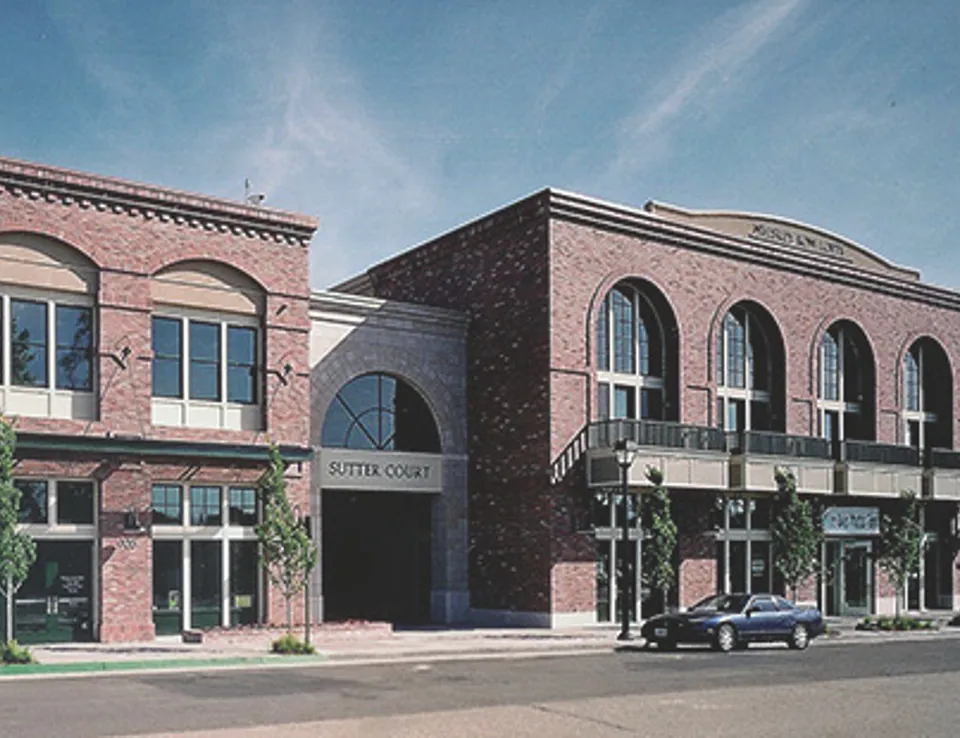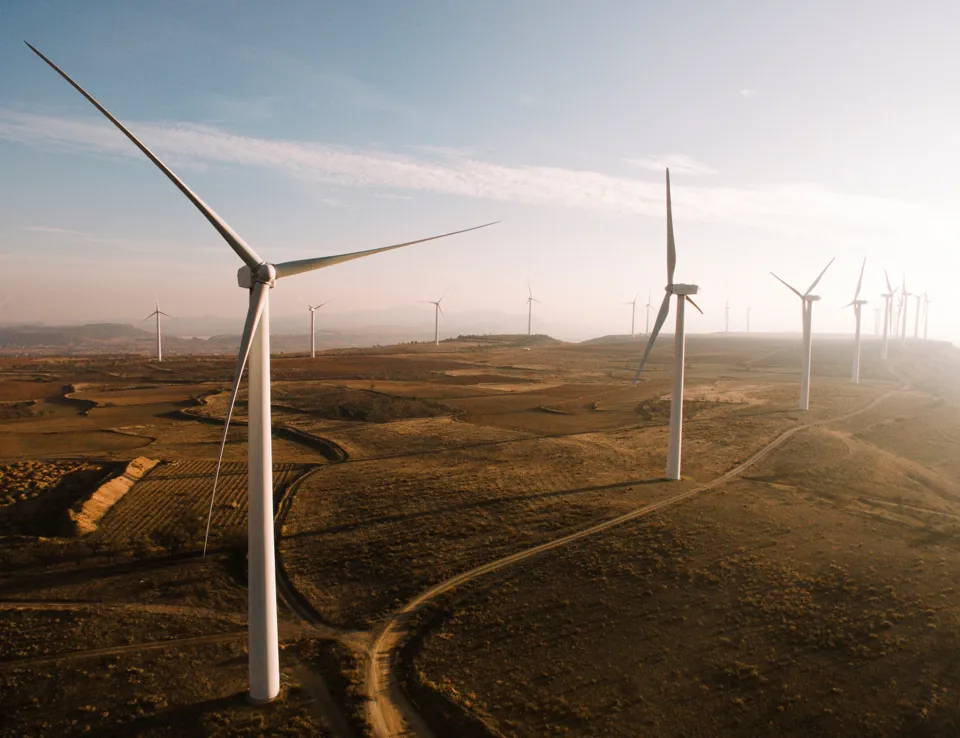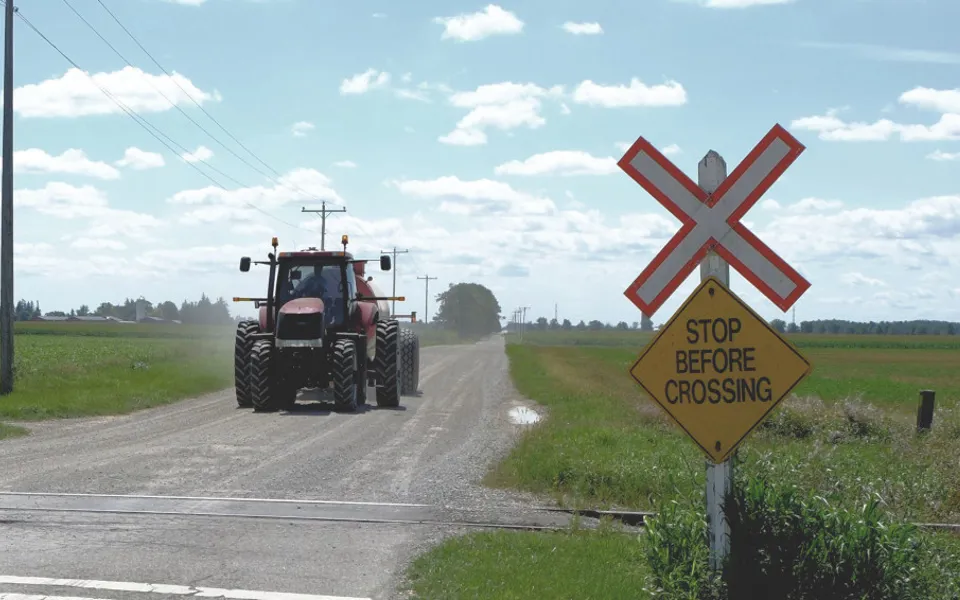
Improving railroad crossing safety
21 Sep 2022
Rail Safety Week: September 19-25th 2022 - North America
Over 200 Americans, 20 Canadians and 200 Europeans die each year in railroad crossing accidents.
As consequences for accidents involving trains and cars or pedestrians are rarely minor, one of the clear focus points for Rail Safety Week is preventing these accidents in future.
“An ounce of prevention is worth a pound of cure - Benjamin Franklin”
Targeting a weak point
There are an estimated one million grade / level crossings around the world in various guises: manned and unmanned; on public land or private property; across busy roads or in depots and container yards. They can range from those featuring automated barriers and traffic signals to merely a few planks of wood between rails in open farmland.
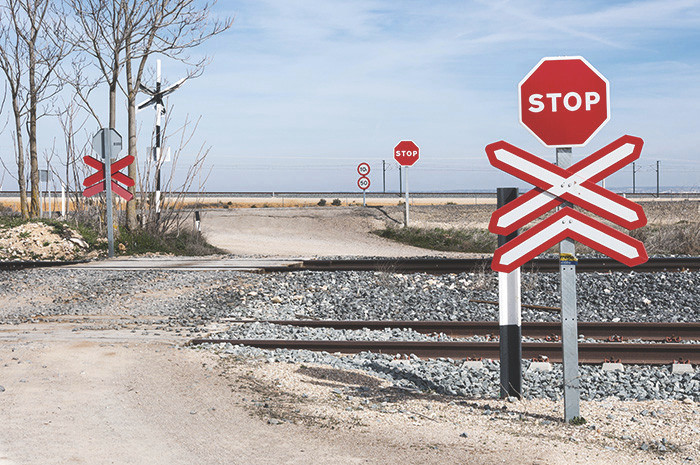
Each year around 6,000 fatalities are recorded at railway crossings, along with many thousands of near misses. Whilst the safest option is to avoid having a crossing entirely, that is not always a practical solution.
The next most effective accident prevention method is having gates or barriers to physically separate road and rail traffic.
The USA has 212,000 railroad crossings with over 60% not having barrier protection.
Canada has around 23,000 crossings with 75% relying on passive protection or observing flashing lights or hearing bell warnings. Each ungated crossing is a potential interface between train and vehicle / pedestrian.
The remote location of many crossings poses huge challenges in providing traditional services and signalling inputs to activate crossing barriers when a train approaches. So, when looking to make safety innovations, this is a good place to start.
Delivering safety innovation
Andy Millar and Beth Bateman of Ricardo's Infrastructure Approvals team have been working with Wavetrain Systems, a Norwegian technology company, on a new system targeted squarely at these previously passively protected crossings.
The Level Crossing Warning System (LCWS) is a novel SIL2 train detection system that uses acoustic sensors mounted on the rails to detect approaching trains. Sensitive enough to detect the noise and vibrations of an inbound train several kilometres away, it can warn anyone approaching the crossing via lights or audible sounders. In essence, it is a high-tech version of the old cowboy movie trick of putting your ear to the tracks to detect vibration from an approaching train.
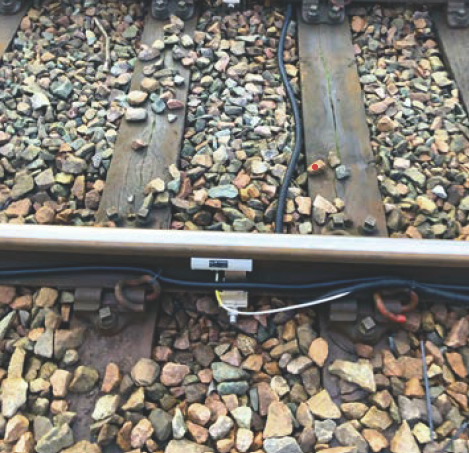
The system is unaffected by other sounds – such as airplanes or road traffic - as all external noises can be distinguished from approaching rail traffic. As all the system is self-contained, quick to install, easy to maintain, can be connected to local off-grid power supplies and doesn't need to be integrated into existing signalling systems, the Wavetrain system is optimised for use in remote locations.
Overcoming the approval challenges
Andy and Beth have helped to develop the system hazard and risk analysis, and the resultant Safety Case and Design for Reliability case, to demonstrate that Wavetrain's system achieves the required safety and reliability performance for UK Network Rail mainline application on footpath crossings, and after extensive testing achieved type approval for the product and the issue of a Product Approval certificate from Network Rail.
Wavetrain Systems are now seeking opportunities to deploy their system at footpath crossings in the UK, and in future to locations around the world. If this is of interest, then please get in touch with the button below.
Acknowledging achievements
This week (19-25th September) is Rail Safety Week, and whilst many efforts are focussed on educating an influencing the behaviour of road users and pedestrians, it is also a time to recognise engineering efforts and exploit railway innovations to reduce risk.
As an industry, we must constantly strive to prevent accidents rather than try to cure the injuries.




 Follow Ricardo plc for regular updates
Follow Ricardo plc for regular updates


